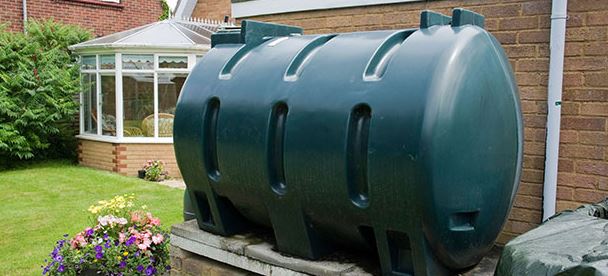If you’re like most people, you’ve never thought about cleaning your water tank. You might look into it once in a while and notice a layer of murky sedimentation at the bottom 0f the tank. You might even think it’s a good idea to clean out that muck, and make a mental note to wash it once the tank empties. However, your water tank is a back-up water source, so by the time its supply starts to run low, you’re in panic mode, doing rain dances and trying to figure out how to refill it. At that point, tank hygiene will be the last thing on your mind.
Similarly, tanks need to be inspected regularly to be sure there aren’t any cracks or leaks. We often neglect this until the tank is almost empty from an unseen leak, at which point it may need complete replacement. It’s not really surprising that we’re averse to maintaining our tanks. After all, even a tank as small as 1,500 litres can submerge a human adult, and popular tank sizes like 20,000 litres are positively claustrophobic.
Also, we assume cleaning the tank requires pouring out all the water – which we’re reluctant to do – then climbing into the tank and scrubbing out all the dirt. That probably needs soap which then has to be completely rinsed out to avoid giving your water a soapy taste. That uses up way more water, and frankly, doesn’t sound like fun. But apart from the annoyance and labour-intensive factor, it’s not really safe.
From darkness into light
The average water tank is painted in a dark shade to keep light out. This is important because sunlight encourages the growth of germs and bacteria, so keeping them in the dark will largely inhibit their growth. That said, there are certain micro-organisms that can grow in lightless spaces. They breed underwater, meaning they have no access to ‘free oxygen’ and have to gain some by breaking down water molecules into hydrogen and oxygen.
This anaerobic particles are toxic to humans. Once the water level is low enough for you to slip in without drowning, these toxic micro-organisms are oxygen-starved, so when you get into the tank, they can easily overwhelm you, leading to breathing problems and suffocation. That’s why it’s not advisable for you to clean your own tank. Call in professional tank cleaners who can use vacuuming equipment to access the tank without getting inside it.
Another popular option – especially for underwater tanks – is to use a robot. It gets inside the tank and shows you a visual feed, detecting any issues that need repair. Ideally, you need to clean your tank every year, and if you can do it without entering the tank, that’s even better. Another caveat is to avoid using soap. Think about washing a cup or glass by putting dish soap into it, then filling it with water to rinse it.
Soap suds are forever
The more water you add, the more soap bubbles form, and in the end, you could end up using 3 litres of water to get all the soap out of that single 200ml glass. Now multiply this scenario for a water tank with a capacity of several thousand litres. It could take forever to wash all the soap out, and you’ll waste a lot of water in the process. That’s why it’s smarter to use a high pressure rinse and no soap at all.
Also, rinse your tank before the layers of sludge and slime are too thick to be rinsed away with plain water. You can finish off your maintenance with food-grade chlorine, anti-bacterial solutions, or disinfectant. If your tank is more than 5,000 litres, just call in an expert. They’ll save you time and do a much better job than you would on your own.
They’ll start by opening the bottom valve to empty the tank. Instead of letting it all drain at the tank base, use a hose pipe to redirect the water. This important because releasing all that water will let it seep beneath the tank, which could potentially weaken your tank’s foundation. Once it’s as empty as it can be, lift the tank lid and use your jet hose to rinse out the walls and sides of your tank, draining the water out of the bottom outlet.
Fill ‘er up
When the tank is clean, apply your selected disinfectant using the same high-pressure hose, then let it sit 12 hours to kill all the germs. Follow the instructions on your anti-bacterial wash pack. Some need to be rinsed off, others don’t. Leave the sterilant in place overnight. The next day, drain all the medicated fluid, rinse if you need to, then close the bottom drain valve and fill the tank halfway.
Test the water to see if the chemical levels are safe before filling it up. If the amount of chemicals is too high, the water is unsafe for human use. Drain it, fill it to the halfway mark, then test it again. If you use too much disinfectant, you may have to repeat this step several times, and that’s a lot of wasted water, so be sure to use just the right amount of chemical treatment. When you’re sure your water is potable, fill it and put the lid back in place.
Read Also:
